Caribbean History and Heritage:
With a unique fabric of peoples and traditions that have been woven together over ages, the Caribbean is an area rich in history and culture. The history of the Caribbean is both fascinating and complex, spanning from the native Tano people to the African slaves brought through the transatlantic slave trade and the colonial effects of European powers. There are several Caribbean museums and historical places that give an immersive opportunity to delve into this past and understand the heritage of the area. We’ll take you on a virtual tour of some of the Caribbean’s most important historical monuments and institutions in this blog. Let’s dive deep into Caribbean history and heritage.
Museum of Antigua and Barbuda (Antigua and Barbuda)
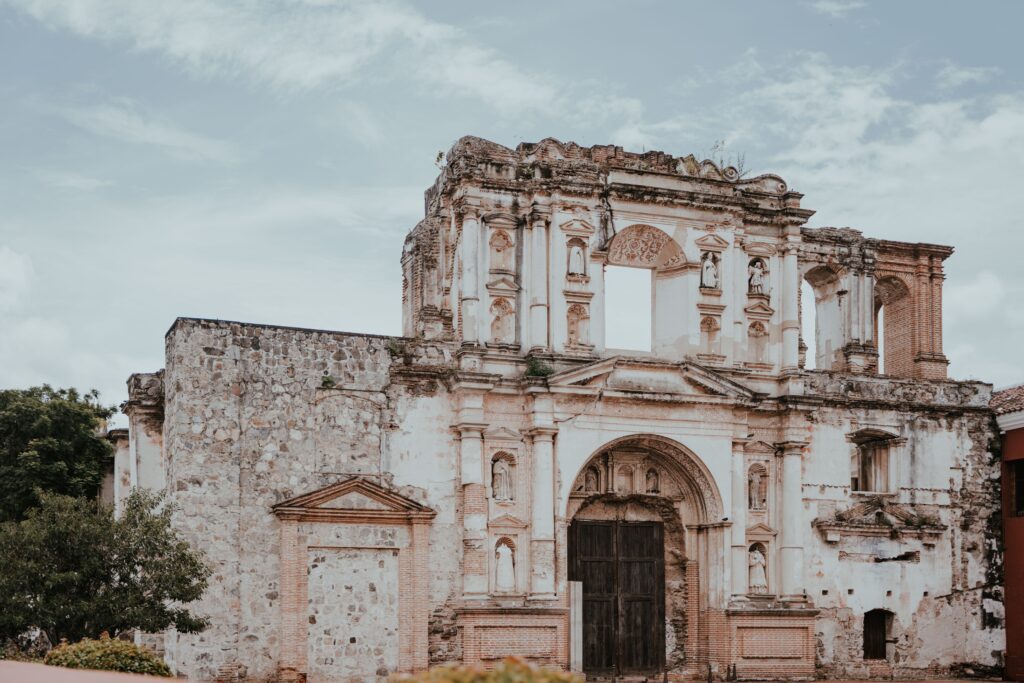
Caribbean Museums: The Museum of Antigua and Barbuda is a treasure trove of artifacts and displays that trace the history of the islands from pre-Columbian origins to the present. It is situated in the capital city of St. John’s. You can examine items from the Arawak and the Carib, discover the effects of colonization, and acquire understanding of the independence movements. The museum’s collection offers a thorough look at the history of the islands, ranging from ceramics and artwork to maritime artifacts.
Alejandro De Humboldt National Park
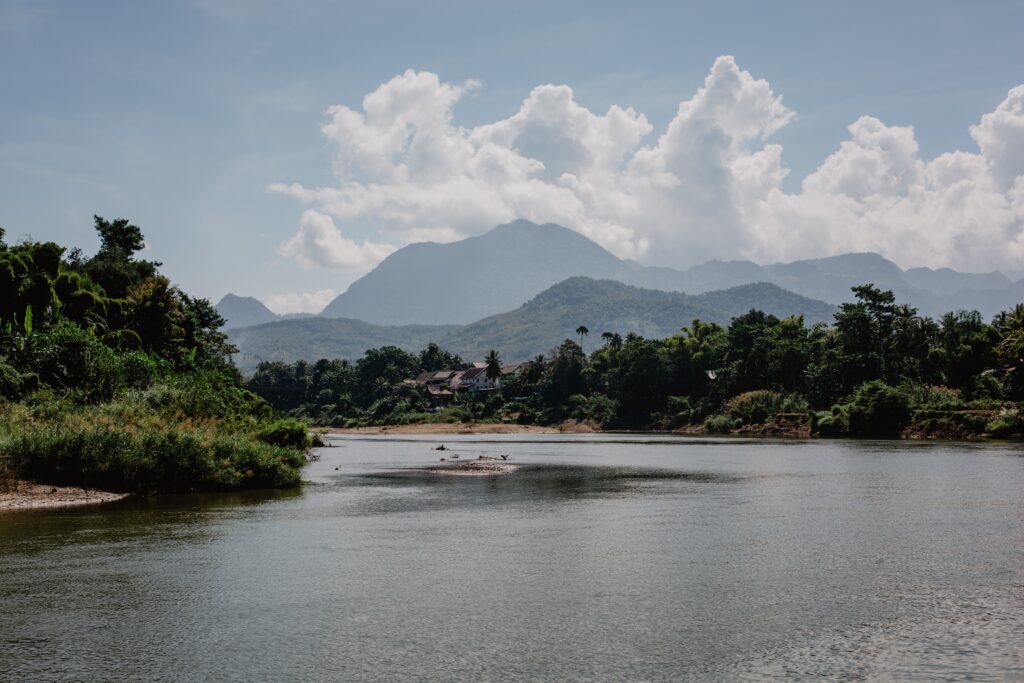
The Alejandro de Humboldt National Park (AHNP), which was established in 2001, is situated in the mountains on eastern Cuba’s northern coast. It is one of the tropical islands with the greatest variety of biological species. A wide variety of species are supported by the AHNP’s diverse geography and geology. 2,641 ha of marine area and 66,700 ha of land make up the AHNP. The highest point in this national park is El Toldo Peak, which is 1,175 meters high. Numerous endemic plant and animal species can be found there.
Colonial City Of Santo Domingo
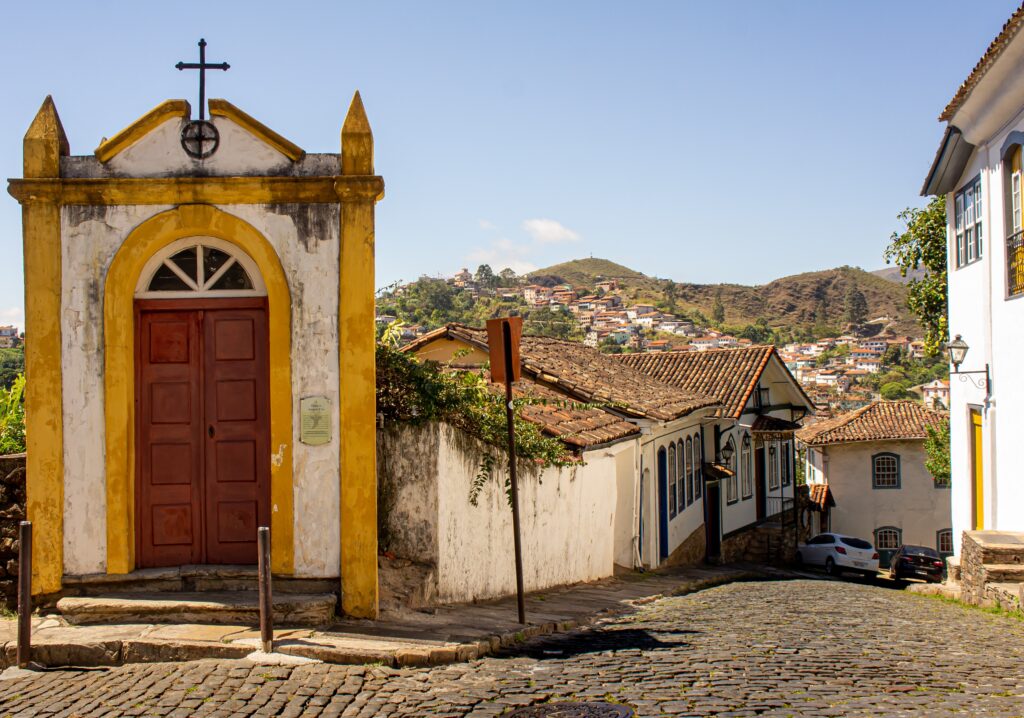
This World Heritage Site is a representation of colonial supremacy in the Caribbean, in contrast to the earlier site, which stands for liberation from colonial power. In 1990, it was inscribed. Christopher Columbus arrived on Hispaniola Island in 1492, and the island suffered a significant transformation. On the island’s southern coast, at the mouth of the Ozama River, the first permanent European town in the Americas was constructed. It was solemnly inaugurated in 1498 and given the name Santo Domingo. It served as a template for upcoming towns and cities built by Europeans in the Americas. Today, hundreds of tourists w ho travel to the Dominican Republic each year experience the historic areas of Santo Domingo.
San Juan National Historic Site (Puerto Rico)
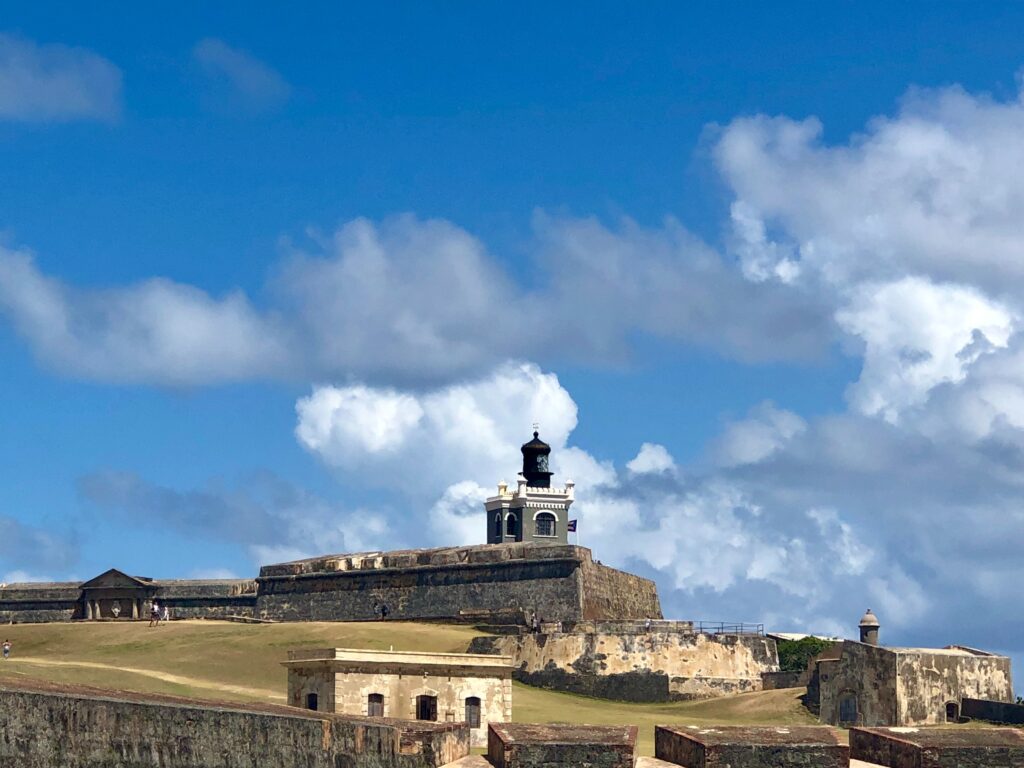
The San Juan National Historic Site in Puerto Rico is a must-see location if you’re interested in learning about the colonial history of the Caribbean. The historic forts of San Felipe del Morro, San Cristóbal, and other buildings that historically guarded San Juan against invaders are all included in this UNESCO World Heritage Site. Learn about the Spanish colonial era and the region’s strategic importance as you go through the enormous stone walls and tunnels.
Museo del Oro (Colombia)
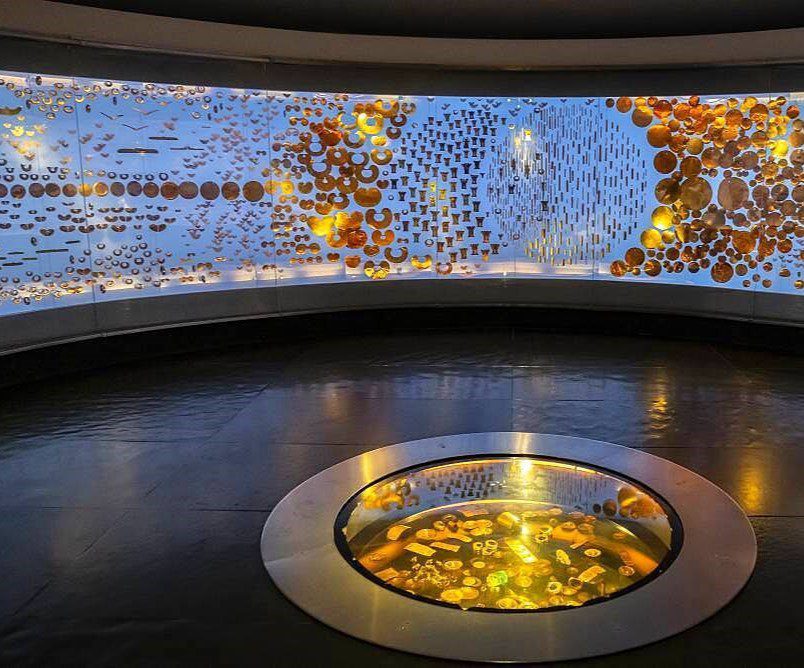
Colombia’s coastal regions are essential to the Caribbean museums experience even though the country is not an island in the Caribbean. An outstanding collection of gold items from pre-Columbian cultures that lived around the Caribbean coast and nearby is on display at the Museo del Oro in Bogotá. These beautiful gold objects shed light on the craftsmanship and spiritual importance of the native cultures that before European settlement in the area.
Pedro St. James National Historic Site
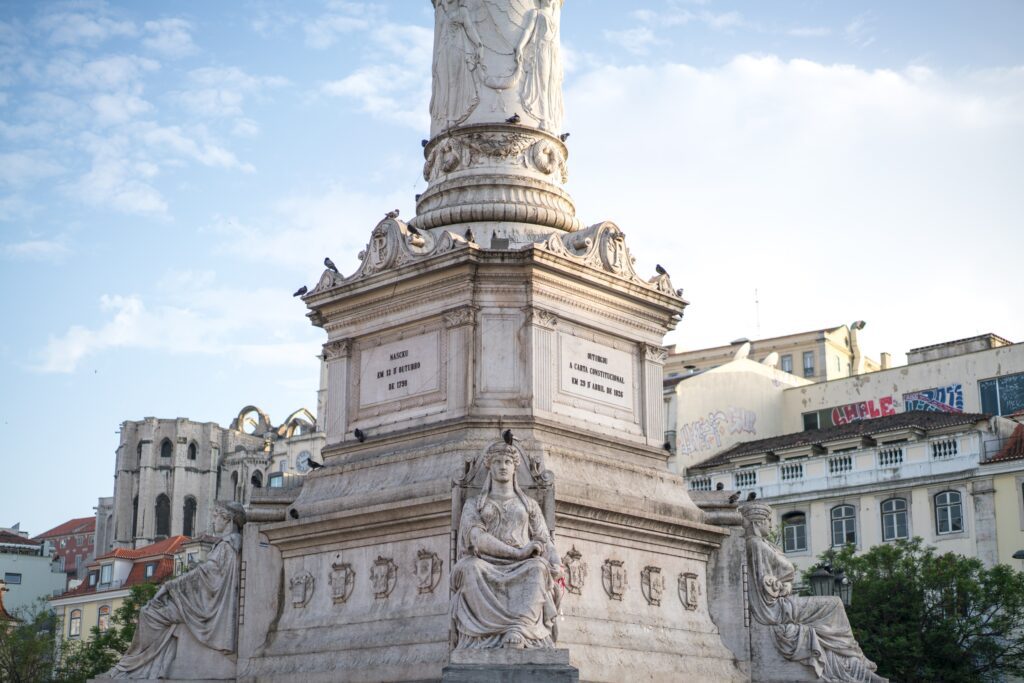
The oldest surviving stone building in the Cayman Islands is the Great House at Pedro St. James (PSJ), which was first constructed in 1780. As a national historic site, its administration protects the actual structure and tells the tale of the historical events that took place inside the Great House’s walls. The PSJ attraction is situated in Bodden Town, the country’s original capital, along the steep, rocky cliffs of Pedro’s Point on Grand Cayman. The edifice, which served as a jail, courthouse, and house of parliament at one time, and the neighbourhood of Bodden Town were dubbed “The Birthplace of Democracy in the Cayman Islands”—a moniker that, 240 years later, still inspires pride in the country.
La Fortaleza And San Juan National Historic Site In Puerto Rico

This 16th–20th century structure in Puerto Rico was inscribed as a UNESCO World Heritage Site in 1983. The area has a number of fortified buildings to defend the city and the Bay of San Juan against outside attacks. Today, La Fortaleza serves as the governor of Puerto Rico’s official house.
Pitons Management Area
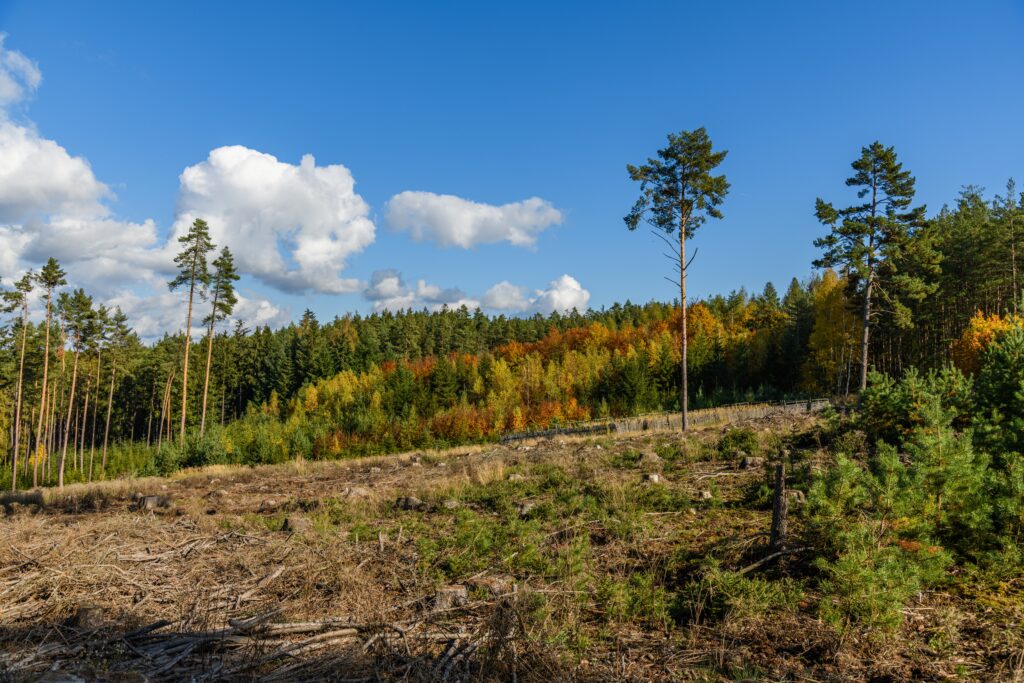
This Saint Lucia location is close to the Soufriere town and is a UNESCO World Heritage Site. In 2004 it was inscribed. Two volcanic spires at the location rise from the water at heights of 770 meters and 743 meters, respectively. Between these spires is the Piton Mitan ridge. There are also other volcanic characteristics nearby, including fumaroles, hot springs, and a geothermal field. Coral reefs, which support a wide variety of marine life, cover a significant portion of this region. The region’s land is covered in tropical woods, which are home to numerous indigenous animal species.
Brimstone Hill Fortress National Park (St. Kitts and Nevis)

The Brimstone Hill Fortress, which is tucked away on the island of St. Kitts, is a wonder of military engineering and a UNESCO World Heritage Site. This fort, which the British built in the 17th century, has sweeping views of the Caribbean Sea and the nearby islands. Discover the history of European colonialism in the Caribbean and the beautifully maintained barracks and cannons.
Museo del Ron (Cuba)
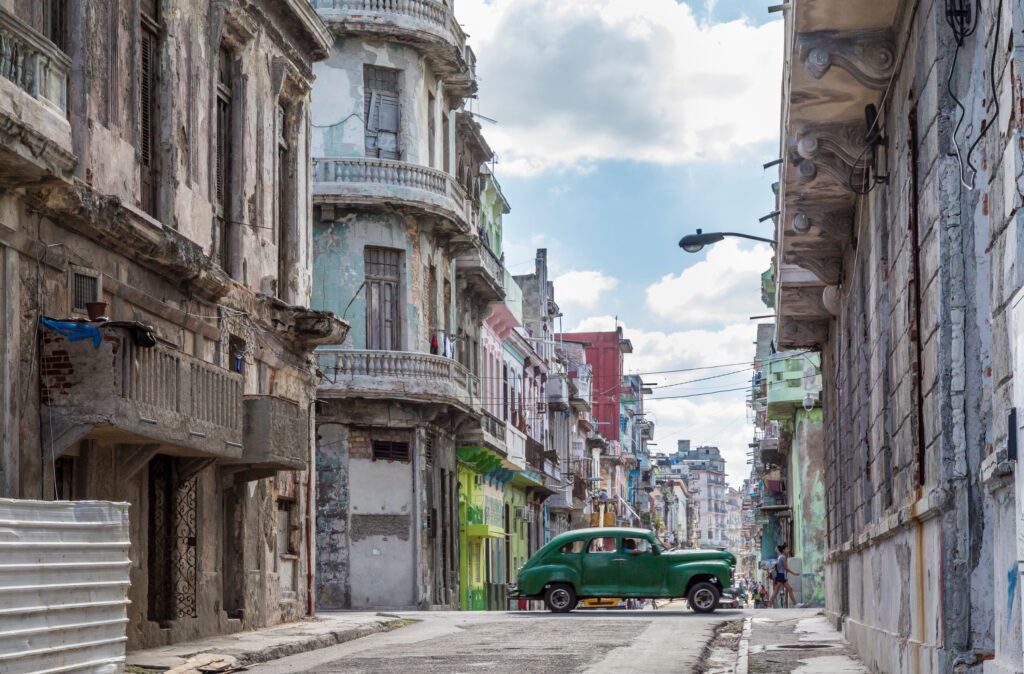
The Museo del Ron in Havana, Cuba, is the ideal location to learn about the history and manufacturing of the rum that is popular throughout the Caribbean. Museo del Ron offers a fascinating tour through the beginnings and development of rum production in the Caribbean up to the present. You can learn about the manufacture of rum, take part in tastings, and learn about the significance of rum in Caribbean culture.
Antigua Naval Dockyard And Related Archaeological Sites

This complex, which was inscribed in 2016, comprises of a collection of Georgian Naval buildings encircled by defense walls. On the island of Antigua in Antigua and Barbuda, the site is situated among a string of deep, narrow coves. There are numerous fortified archeological sites in the adjacent highlands of this location. When Europeans were fighting for control of the lucrative sugar trade in the Caribbean, they constructed the dockyard and associated defenses. These buildings were constructed by African slave labour.
Conclusion
The history and traditions of the Caribbean are weaved together from many different threads, and Caribbean museums and historical sites provide a view into this illustrious past. In the Caribbean, there is something for every history and culture buff, from indigenous cultures to colonial powers, from art to rum. These must-see historical monuments and Caribbean museums offer engaging experiences that will give you a deeper understanding of the region’s rich and complicated past. So, whether you’re a fan of history, art, or are just interested in the past of the Caribbean, be sure to include these places in your vacation itinerary.
Visiting the Caribbean to explore its history and heritage can be a truly enriching .
Exploring the history and heritage of the Caribbean through Caribbean museums can be a fascinating and instructive experience, allowing you to appreciate the region’s rich cultural tapestry, unique traditions, and historical significance. It’s a memorable and rewarding tourist destination since it blends education, cultural immersion, and natural beauty. You can always join us on this adventure. Whether you’re a history enthusiast, a lover of culture, or simply seeking an unforgettable vacation, this trip has something to offer everyone.

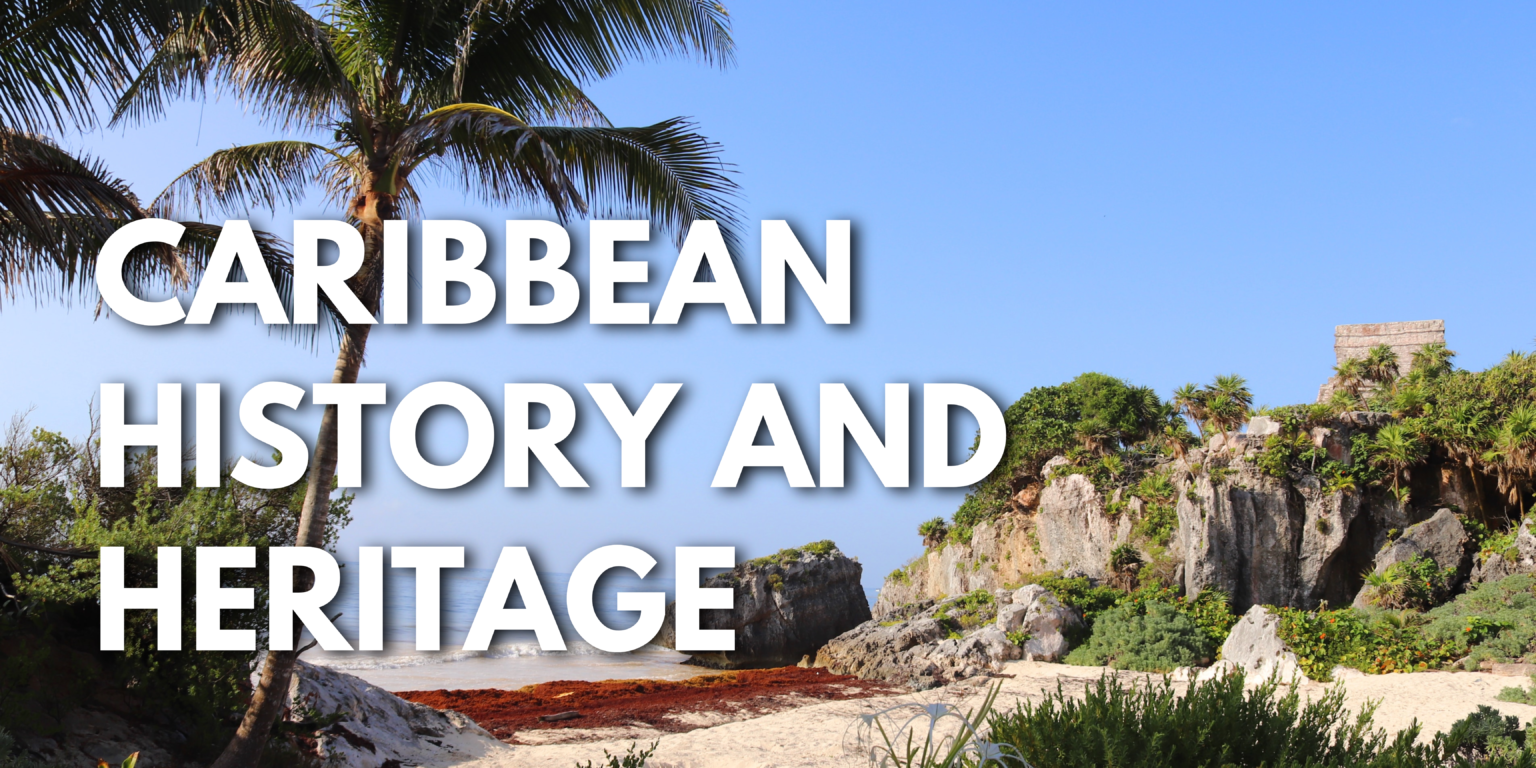
0 Comment